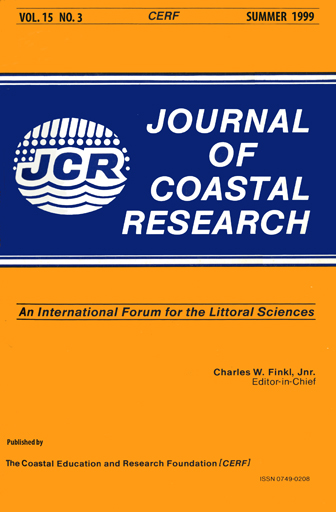Late Quaternary Coastal Stratigraphy on a Platform-Fringed Tropical Coast - a Case Study from Zanzibar, Tanzania
Keywords:
Climate change, shoreline change, sea level, wave-cut platform, coral reef, beach rock, beach ridge plain, longshore drift.Abstract
The coasts of Zanzibar's islands, in common with those of the adjacent African mainland coast, are formed largely of Stage 5e Pleistocene limestones of back-reef facies. The limestones form typically undercut cliffs and associated wavecut platforms, commonly more than 1km wide. Where not masked by the deposits of beach ridge plains, the platforms coincide with the contemporary intertidal zone. This coincidence might suggest that the platforms are mid-late Holocene products, formed since the post-late-Weichselian glacial sea level attained its current highstand position. However, the present extremely slow rates of limestone cliff recession due to marine erosion, together with the existence, at the landward margin of the platform, of well lithified beach rocks of lithologies markedly different to those of the contemporary beach sands, indicate that most of the platform erosion occurred pre-Holocene. A sea-level stillstand period, following the peak of the Stage 5e highstand, is suggested. The overwashing of a pre-existing platform as a consequence of Holocene sea-level rise would have significantly and abruptly increased the area of intertidal to shallow subtidal habitats and thus the potential for the increased production of calcium carbonate sediment derived from that biota. The impact on the platform environment of predicted sea-level rise over the next century would be to create an extensive shallow subtidal environment promoting the growth of the calcareous green alga, Halimeda, coral mounds and small patch reefs. The beach ridge plains would become increasingly vulnerable to erosion.Downloads
Published
1999-07-09
Issue
Section
Articles


